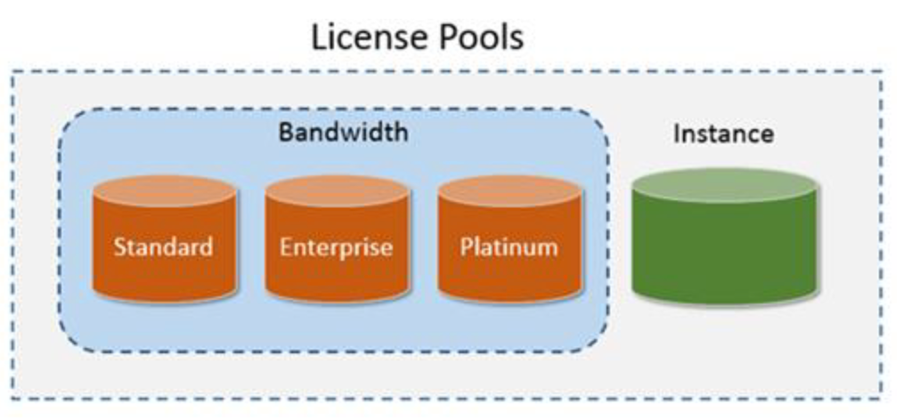30 Days of ADM: Day 6 October 02, 2022
Pooled capacity
I am back, it’s day 6!
You have a NetScaler set up in your London data centre, and everything else is moving to the cloud. You can tap into the native load balancer in the two different cloudproviders, the thing is your team is trained up on NetScaler, if only there was a way to take that with you whichever cloud you went to?
Err, there is. Enter Pooled capacity!
You have been selected for a training course in Citrix ADM, the goal is to provide you with enough information to be actually dangerous when talking to a customer or client. 30 days is a bit of an arbitrary number, but I am prepared to give you 2minutes of material, can I get 2 minutes of your time? I have talked about Fleet management, general analytics, security analytics, AI / ML and Stylebooks.
Today is all about Pooled capacity.
Honestly, what are you talking about?
Writing about licensing, how do you make that interesting? The thing is it enables you to do some funky things as my colleague Alex would say. The NetScaler has several different ways to license it, pooled is a subscription that can move between platforms, and you can also do a dynamic assignment of capacity. This helps when the loading you have changes and you need to move capability around to suit.
So what? What problem does it solve?
A long time ago in a land far away…. Someone dreamed up the concept that all Application Delivery Controllers (ADC’s) would be measured on throughput. To be fair, you need something to measure how one appliance gets compared to another. This capacity was typically assigned as the appliance was deployed.
It was typical to build in a bit of headroom to the appliance, to cater to some spikes in traffic. The thing is if you needed to reassign that spare capacity some where else you couldn’t unless you moved the whole thing.
Who would be interested in this?
Anyone who runs a NetScaler for a service, as it allows them to be more flexible with how they service their workloads.
Where does ADM fit in?
ADM will hold the license files for Pooled Capacity. It can also automate the assignment, so if the demand for traffic changes, ADM can save your bacon.
What does it look like?
Bandwidth-based licensing looks like this:
There is a pool of bandwidth for a set feature set and there is an instance option.
Show me.
Pooled capacity is available in a number of types, providing some examples would offer a view of how you could use it.
1. Lets say you have a number of virtual appliances running your Gateway use case, you have four data centres scatted throughout Europe with another four in North America. You currently use theVPX1000 as your standard appliance.
Solution one: Using Pooled with vCPUs. This is where you subscribe to a pack of CPU cores, you could get a pool of 40 cores and assign them as needed. The VPX1000 needs four cores so you would use 32from the pool to match what is in place today. You would then have some spare cores to allocate as required and you can also deallocate cores where you might have a much smaller workload.
The other point here, is that vCPU’s are not bandwidth limited, so you might get a lot more traffic through the appliance with modern cores.
Solution two: Pooled can also go with the Bandwidth model, so a simple pool of say 10G of capacity and 10 instances could also address this use case. This again would allow for flexibility of assignment if there was more bandwidth needed in New York for example.
2. Let’s say your company has some older physical boxes and want to move to virtual could it help here?
Solution: Yes, the older appliances can typically be converted, you can then take the capacity and transition to the virtual platform.
3. What happens to my MPX15020 when I need more capacity?
Solution: The MPX actually has the capability to do 120G, using perpetual licensing you could swap out the 20Glicense file for something bigger, like a 30G or 40G. Once the box is convertedto Pooled you could create an MPX15033 if that is what your workload needs. You could also do this without a service outage.
Summary.
There is a lot more to Pooled capacity than I have covered here, ultimately, it’s another killer feature that is enabled with ADM
What’s not to like?


